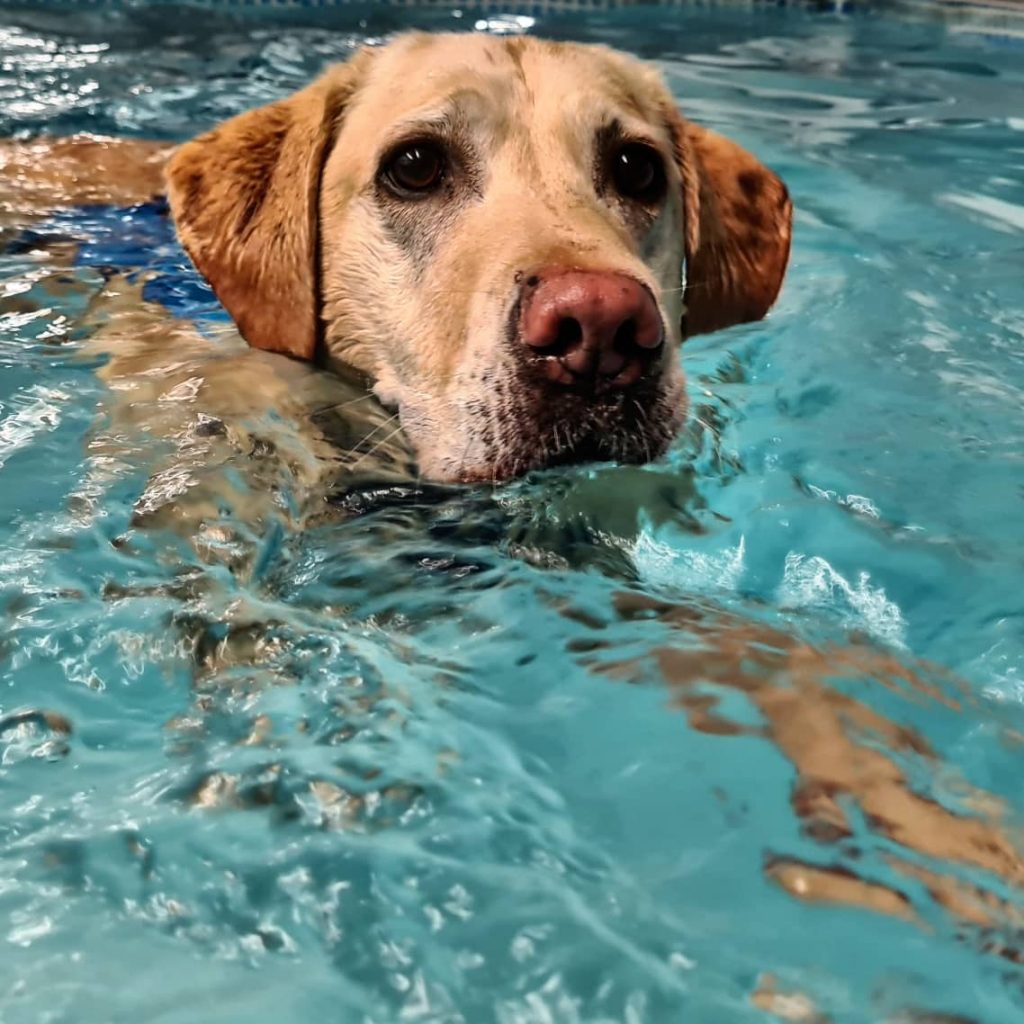The Gold Standard in Physiotherapy and Hydrotherapy for dogs
The Gold Standard in Physiotherapy and Hydrotherapy for dogs

Arthrodesis in non-vet-speak means the surgical fusion of a joint. Basically the bones are fused to form a permanently joined joint so that there is no movement in this part of the limb. Arthrodesis is a salvage procedure that is generally only performed when there are no other options to save the function of the joint. The shoulder, elbow, carpal (wrist), stifle (knee), hock (ankle) and digit (toe) joints can be arthrodesed.
The principle indications for arthrodesis are:
There are a number of steps to fuse a joint including the removal of cartilage, grafting bone into the gaps in the joint and plating the joint to secure it in place. It’s really important to restrict exercise for eight to twelve weeks and the vet is sure the bones have fused.
The majority of arthrodesis operations are uneventful and are not associated with complications, however, these are major procedures and thus the following complications are possible:
Limb function after arthrodesis surgery is primarily dependent on which joint is fused.
In those patients where arthrodesis is indicated, the vast majority benefit from surgery.
Rehabilitation is a process which aims to maximise patient mobility and wellbeing, returning them to their usual way of life following illness, injury or surgery. We restore pets to normal function (or as close as is possible), efficiently and safely using a wide variety of physiotherapeutic techniques.
Injury and even surgery can disrupt the body’s equilibrium in all sorts of direct and indirect ways. Even a pet’s own protective responses such as the inflammatory process can overwhelm and inhibit healing so one objective of rehabilitation is to reduce this level of inflammation. During rehabilitation, we also aim to boost the circulatory system, improve muscle function, increase range of motion within joints, and stimulate innate pain-relieving mechanisms.
With a committed and planned rehabilitation programme, pets can recover more quickly, realise better outcomes and avoid much pain and discomfort.
The best rehabilitation programmes consider the whole pet, not just the area of injury; we target and improve multiple systems throughout the body without forgetting the invaluable healing effects of boosting mental wellbeing too. From the wound healing properties of laser treatment, and the muscle strengthening of hydrotherapy, to the circulation boosting effects of massage, we will devise a rehabilitation programme to match a pet’s specific requirements.
Our friendly and skilled physiotherapists are ready to help you and your dog with their rehabilitation.
The content on this page is for advice and information only and does not represent veterinary guidance or direction. Please always consult a veterinary surgeon if you are worries about your dog.